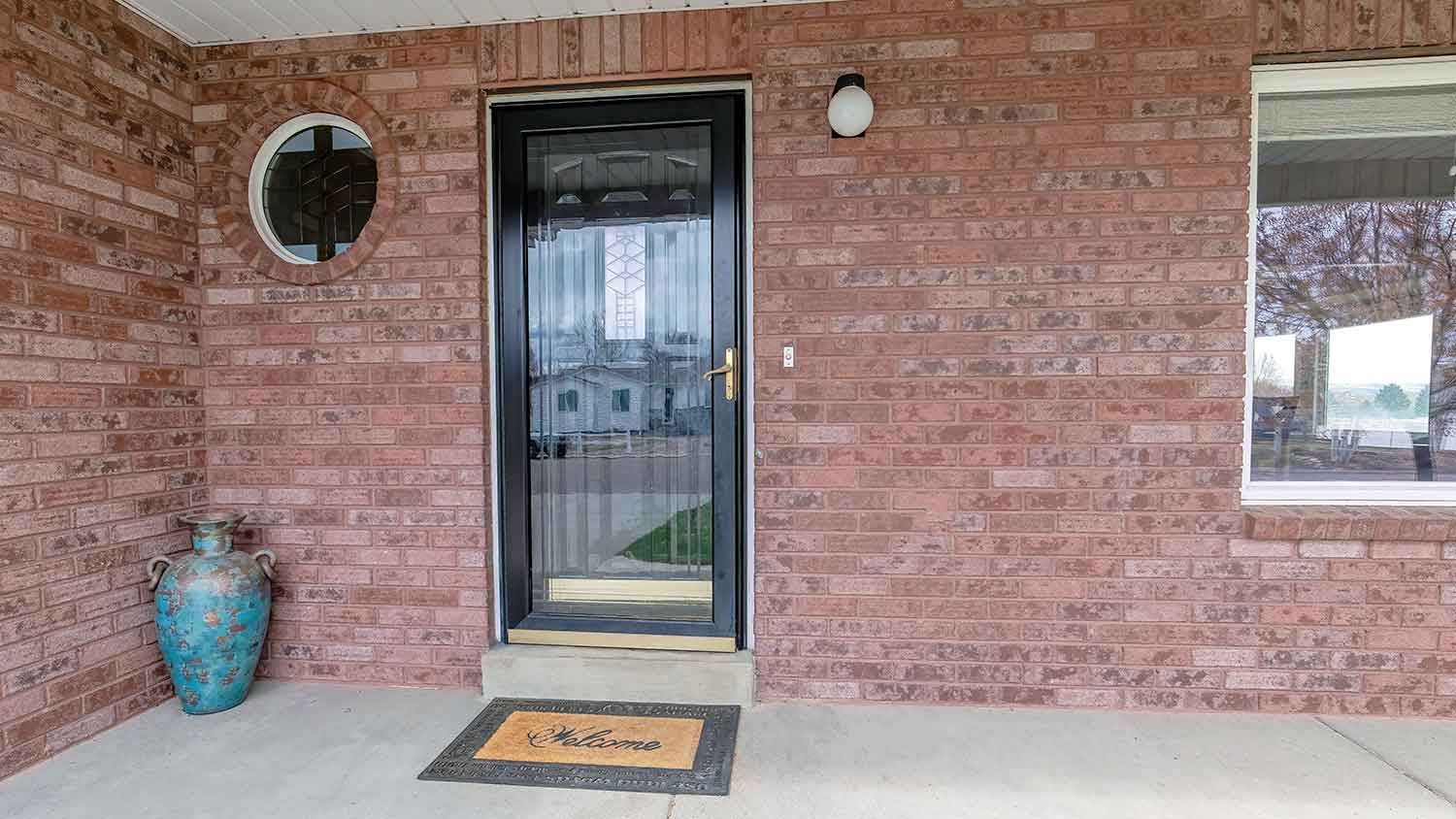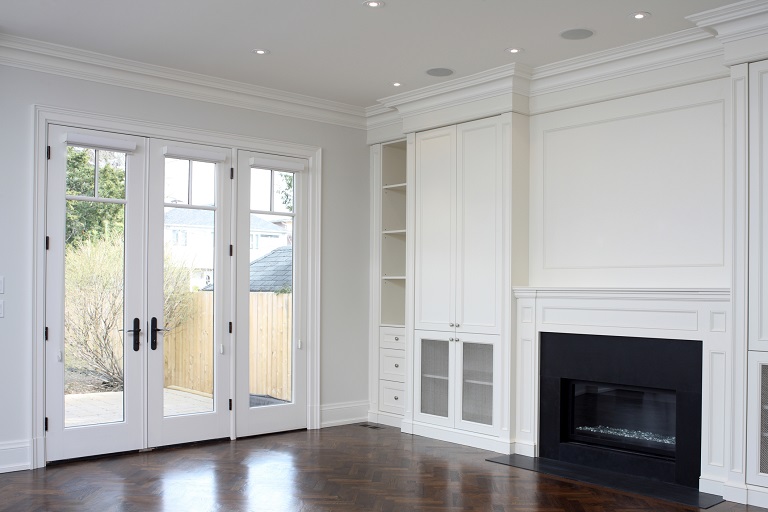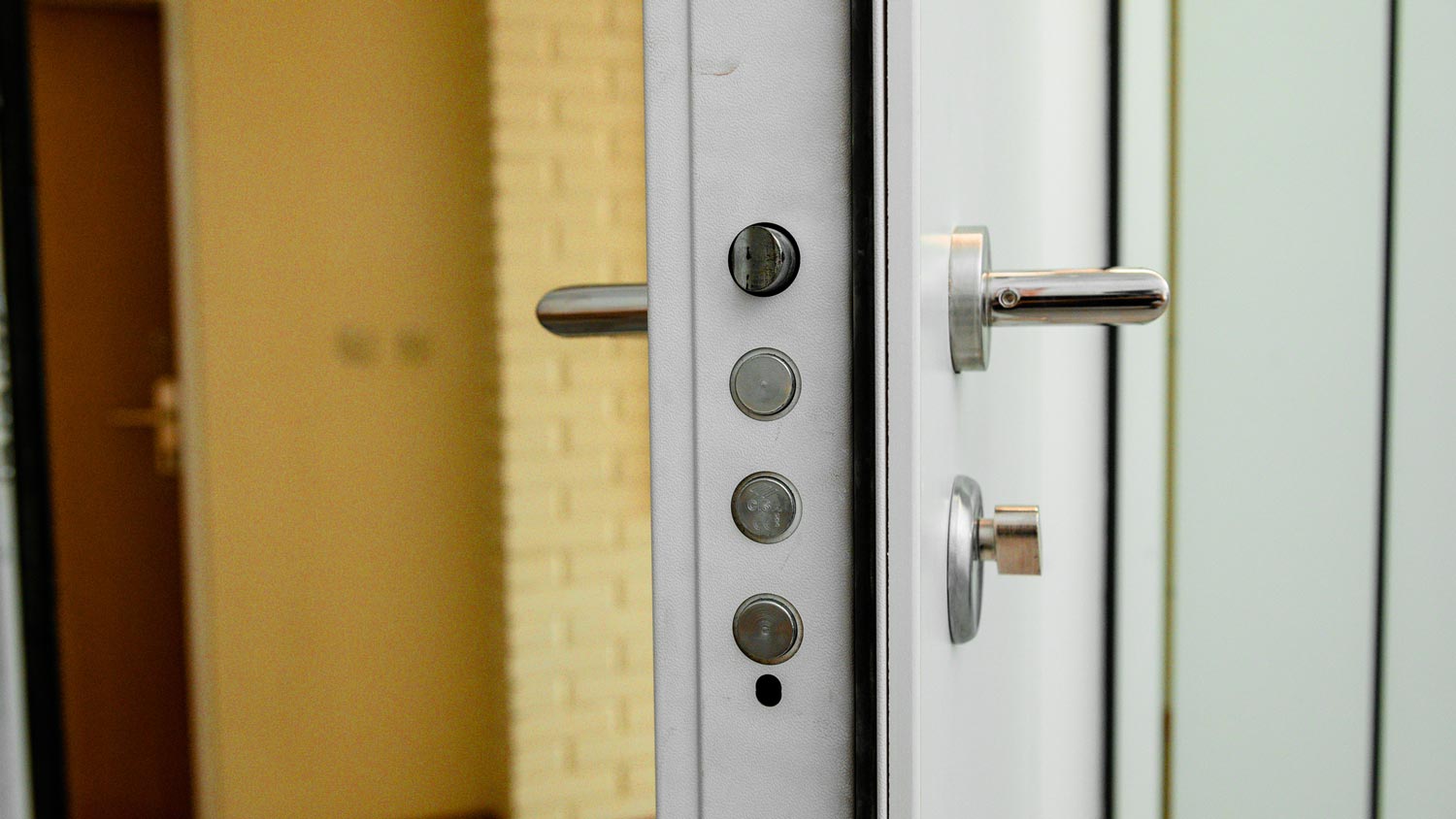
PELAGIC SERVICES LLC.
PELAGIC SERVICES LLC.
For all your needs. TV Install, Painting, Sheetrock, Custom Carpentry, Tile, Decks & Docks, Electrical, HVAC, Plumbing, Brickwork & Concrete, Additions, Remodeling, Handymen Services , landscaping, all marine services. "Upper-level property management & yacht care” Contact Justin ,for a free on site evaluation!
"Justin was quick, professional and friendly. "
Mary G on December 2025
For all your needs. TV Install, Painting, Sheetrock, Custom Carpentry, Tile, Decks & Docks, Electrical, HVAC, Plumbing, Brickwork & Concrete, Additions, Remodeling, Handymen Services , landscaping, all marine services. "Upper-level property management & yacht care” Contact Justin ,for a free on site evaluation!
"Justin was quick, professional and friendly. "
Mary G on December 2025












